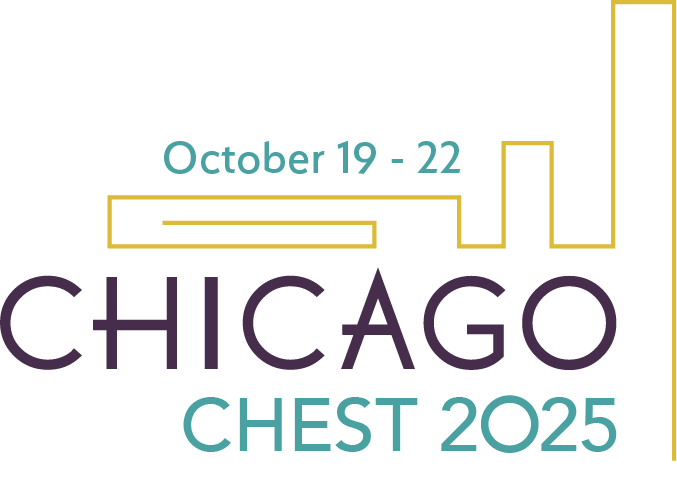
Tezepelumab, a first-in-class human monoclonal antibody targeting thymic stromal lymphopoietin, reduced annualized rates of moderate or severe exacerbations in COPD in subsets of patients with baseline blood eosinophil counts (BECs) ≥ 150 cells/µL in the COURSE phase 2a trial.
The COURSE study evaluated the efficacy and safety of tezepelumab in patients with moderate to severe COPD despite receiving triple inhaler therapy.
Meilan King Han, MD, MS, Professor of Medicine and Chief of the Division of Pulmonary and Critical Care Medicine at the University of Michigan, coauthor on the COURSE study, said, “We have several biologics approved for asthma. The question has been whether some of these biologics may also be effective in COPD. Some earlier studies that evaluated approved asthma drugs in COPD failed and had to be redesigned to account for higher eosinophil thresholds in COPD as opposed to asthma.”

Pulmonary type 2 inflammation, characterized by involvement of Th2 cells and eosinophils, and driven by specific cytokines, drives COPD pathogenesis in some patients. BECs can serve as a biomarker of type 2 inflammation.
The inclusion of BEC thresholds in COPD clinical trials has helped identify patients who may benefit from therapies targeting type 2 inflammation. One example is dupilumab, a monoclonal antibody targeting two key drivers of type 2 inflammation, IL-4 and IL-13. Dupilumab was approved in 2024 for treating patients with COPD and an eosinophilic phenotype (BEC ≥ 300 cells/µL).
Sanjay Ramakrishnan, MBBS, PhD, Senior Lecturer at the University of Western Australia, said while tezepelumab is approved for severe asthma in the United States and around the world, regardless of eosinophil counts, the hope with tezepelumab in COPD was that an eosinophil biomarker would not be needed to identify responders who may benefit from this therapy.
“BECs are a common and valuable blood test, but not everyone with COPD has elevated BECs,” Dr. Ramakrishnan said. “Having a therapy not restricted to patients with high BECs (≥ 300 cells/µL) would have broadened the population eligible for biologic treatment.”
However, as Dr. Han noted, the COURSE study was a fact-finding mission to understand which subset of patients, based on BECs, may derive the most benefit from tezepelumab.
Key findings
Across the full cohort in COURSE, the primary end point (annualized rate of moderate or severe COPD exacerbations over 52 weeks) was not met. The rate was 1.75 for tezepelumab vs 2.11 for placebo. However, a prespecified subgroup analysis showed that tezepelumab reduced COPD exacerbations in patients with BECs ≥ 150 cells/µL and ≥ 300 cells/µL (rate ratios were 0.66 and 0.54, respectively).
Dr. Ramakrishnan said, the impact of eosinophil counts on efficacy, with higher therapeutic benefit in those with higher BECs, is consistent with reports of studies with other monoclonal antibodies, including dupilumab and mepolizumab. “The BEC threshold of ≥ 150 cells/µL for tezepelumab efficacy in COURSE is a big step up,” he said, noting this threshold is lower than that for dupilumab.
Looking ahead
Two international, multicenter, phase 3 studies of tezepelumab are currently recruiting, JOURNEY and EMBARK. These registrational trials are already being guided by findings from COURSE, with enrollment focused on people with COPD with elevated BECs (≥ 150 cells/µL), including those who have had exacerbations on maximum therapy, Dr. Ramakrishnan said.
“One of the immediate clinical implications of COURSE and other biologic trials is that doctors should be integrating eosinophil counts into practice,” Dr. Han said. “[Global Initiative for Chronic Obstructive Lung Disease] currently recommends BEC testing to determine who would benefit the most from inhaled steroids. Dupilumab and mepolizumab data suggest that we need to start BEC testing to guide biologic therapy for patients with COPD. If tezepelumab is approved, it would be yet another reason to assess BECs.”
